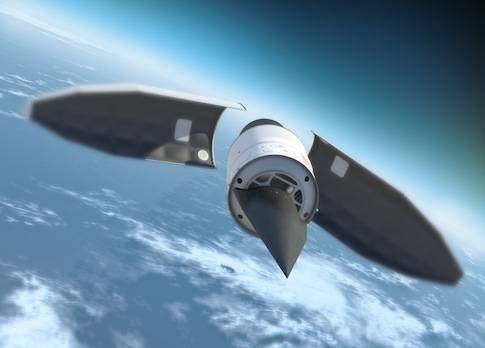Consider the fact that China could barley get a missile off the ground, before Bill Clinton sold us out
China Conducts First Test of New Ultra-High Speed Missile Vehicle | Washington Free Beacon
China Conducts First Test of New Ultra-High Speed Missile Vehicle

China’s military last week conducted the first flight test of a new ultra-high speed missile vehicle aimed at delivering warheads through U.S. missile defenses, Pentagon officials said.
The test of the new hypersonic glide vehicle was carried out Jan. 9 and the experimental weapon is being dubbed the WU-14 by the Pentagon, said officials who spoke on condition of anonymity.
The hypersonic vehicle represents a major step forward in China’s secretive strategic nuclear and conventional military and missile programs.
The new hypersonic vehicle was detected traveling at extremely high speeds during the flight test over China, said officials who discussed some details of the test.
The hypersonic craft appears designed to be launched atop one of China’s intercontinental ballistic missiles, and then glides and maneuvers at speeds of up to 10 times the speed of sound from near space en route to its target, the officials said.
A Pentagon spokesman confirmed the test but declined to provide details.
China Conducts First Test of New Ultra-High Speed Missile Vehicle | Washington Free Beacon
Last edited:

